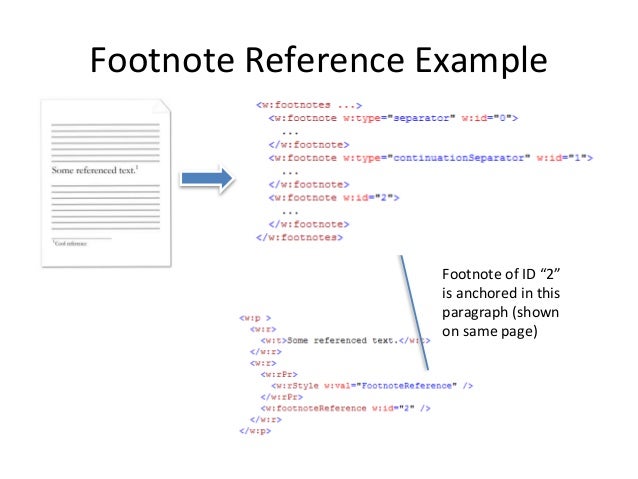

My students who read their course books on Kindles don’t see page numers, so that when they cite their Kindle editions they give me a bull$hitte “location” that is meaningless and moreover useless to me, a non-Kindle (in fact, anti-Kindle) owner/reader, should I need to check the citation. My foremost concern about e-books–or perhaps more specifically with the Kindle, although I hope those of you in the know will inform me if this is true of other e-readers–is that it makes citations by students unnecessarily annoying. (Horowitz’s exploration on the life and death of the footnote uses and cites Grafton generously, too.) But I think when it was published 14 years ago, it was already exotic for having resisted a publisher’s insistence on endnotes. I can remember the last time I read a book with footnotes–ironically, it was Anthony Grafton’s The Footnote: A Curious History (1997), which I re-read with my graduate seminar a few weeks ago, and which for obvious reasons offers footnotes rather than endnotes.

My understanding was that the increase in paper costs nearly 20 years ago led most academic publishers to switch from footnotes (at the bottom of each page) to endnotes (at the back of the book.) Somehow, I was informed, this saves paper. Are tiny numbers on the page really all that distracting to the average reader? Srsly?) (And who other than university presses make such generous use of notes, anyway? Nonfiction trade books usually offer the clumsy and much more paper-consumptive apparatus of citing sources by quoting the beginning of a sentence, followed by ellipses, and then listing the relevant sources. Most university presses and tradey U-press lines use endnotes, period. Alexandra Horowitz blames e-books, but footnote-killing is a longstanding trend among non-virtual academic book publishers for at least twenty years.


 0 kommentar(er)
0 kommentar(er)
